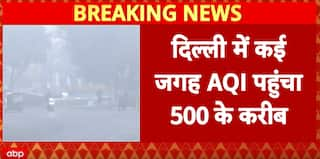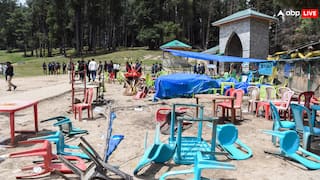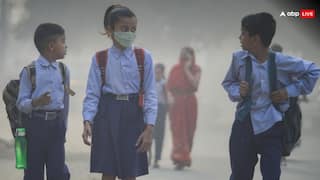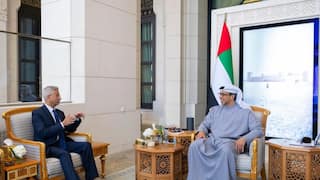ISRO Launches Sounding Rocket RH-560 To Study Plasma Dynamics & Altitudinal Variations
ISRO has developed a series of sounding rockets called Rohini series, important among them being RH-200, RH-300 and RH-560, number in the name indicating the diameter of the rocket in mm, according to the Bengaluru-headquartered space agency.

New Delhi: On Friday, the Indian Space Research Organisation (ISRO) launched the sounding rocket (RH-560) to study altitudinal variations in the neutral winds and plasma dynamics at at Satish Dhawan Space Centre (SDSC), Sriharikota Range (SHAR).
ISRO developed a series of sounding rockets called - Rohini series which include - RH-200, RH-300 and RH-560. The number in the name indicates the diameter of the rocket in mm, according to the Bengaluru-headquartered space agency.
Launch of sounding rocket (RH-560) to study attitudinal variations in the neutral winds and plasma dynamics carried out today at SDSC SHAR, Sriharikota#RohiniSoundingRockets #ISRO pic.twitter.com/B0ov8w5ARH
— ISRO (@isro) March 12, 2021
Sounding rockets are one or two stage solid propellant rockets which are used for probing the upper atmospheric regions and for space research.
"They also serve as easily affordable platforms to test or prove prototypes of new components or subsystems intended for use in launch vehicles and satellites...ISRO started launching indigenously made sounding rockets from 1965 and experience gained was of immense value in the mastering of solid propellant technology," said ISRO according to ANI.
These rockets also serve as easily affordable platforms to test or prove prototypes of new components or subsystems intended for use in launch vehicles and satellites.
Last month, India's Polar rocket PSLV C-51 carrying Amazonia-1 of Brazil and 18 other satellites blasted off from the same spaceport. Amazonia-1, the primary satellite, which was injected into orbit about 18 minutes after lift-off while the 18 co-passenger payloads was launched after two hours. This satellite would help in providing remote sensing data over deforestation in the Amazon region and analysis of diversified agriculture across the Brazilian territory.






































